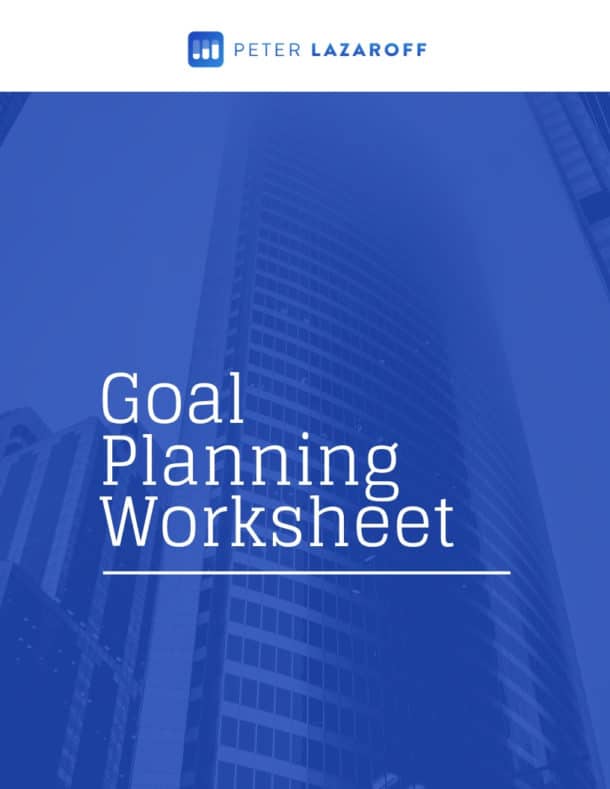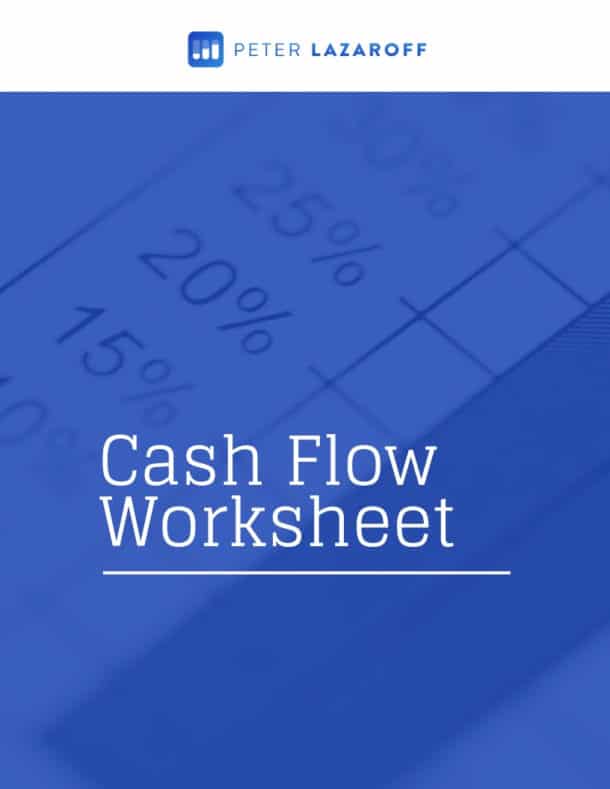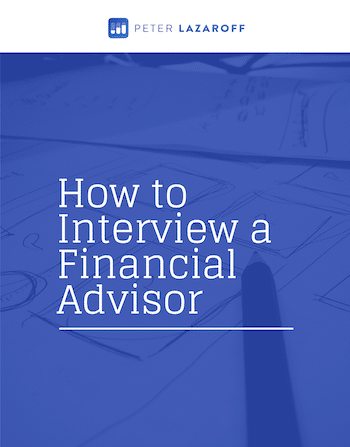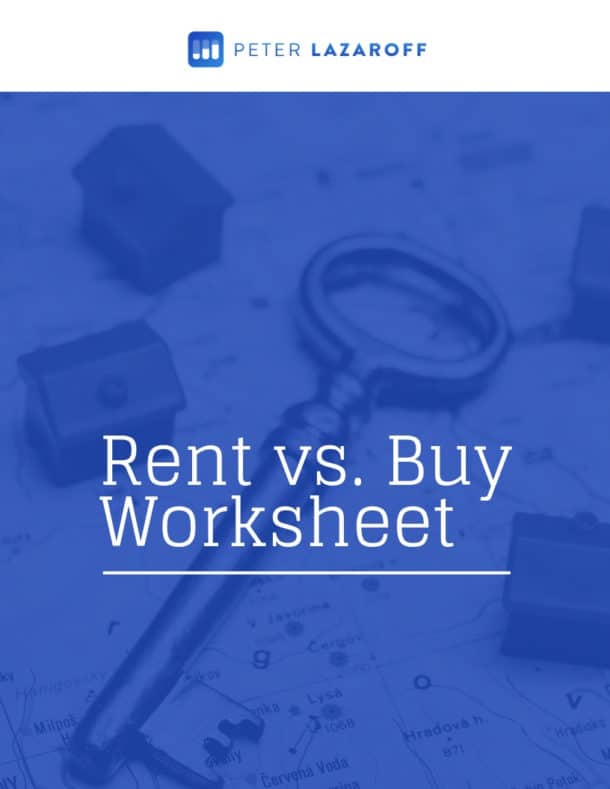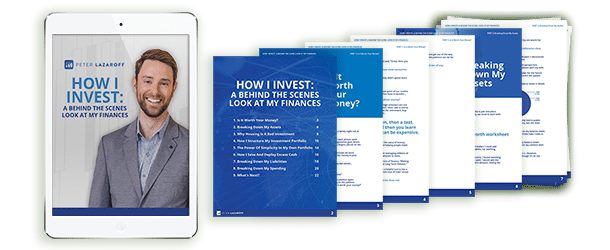How can two people with the same income, financial experiences, or education have very different levels of financial well-being? It’s simple…
A sense of wellness doesn’t come from numbers alone.
It’s all about the sense of security and freedom of choice each individual feels, both in the present and future.
Listen now and learn:
- Four steps to improve your financial well-being
- A simple process for setting realistic goals
- My most downloaded free resource and how to use it yourself
Listen Now
Show Notes
How can two people with the same income, financial experiences, or education have very different levels of financial well-being? It’s simple: a sense of wellness doesn’t come from numbers alone. It’s all about the sense of security and freedom of choice each individual feels, both in the present and future.
The Consumer Financial Protection Bureau puts financial well-being into four categories:
| Present | Future | |
| Security | Control over day-to-day, month-to-month finances | Capacity to absorb a financial shock |
| Freedom of choice | Financial freedom to enjoy life | On track to meet financial goals |
Your sense of wellness impacts far more than just your personal mood.
Studies suggest workers with low levels of financial well-being experience a drop in productivity, deterioration of work quality, and decrease in new ideas. And of course, your financial health can quickly impact your mental health, with stress about money making it difficult to enjoy the present or feel secure about the future.
If you feel your financial well-being could use a boost, start here:
1. Set Specific, Realistic Goals
Writing down a goal with an estimated date and expected cost dramatically increases your likelihood for success. It also allows you to clarify the things that are most important to you, providing the motivation you may need to save instead of spend.
Here’s a goal planning worksheet you can use to get started: Goal Planning
The number #1 downloaded free worksheet on my website is the Goal Planning Worksheet, which breaks out goals into short-term (5 years or less), intermediate-term (5-15 years), and long-term (15+ years) goals. This is the same worksheet my wife and I use on an annual basis.
It’s incredibly easy to use for setting specific and realistic goals, but it’s also a great tool for implementing an automated system.
All too often, people make money decisions without considering the impact on their future.
Research shows that our brains think of saving as a choice between spending money on ourselves today versus giving it to a complete stranger.
The Goal Planning Worksheet seeks to bridge that mental gap.
2. Establish an Emergency Fund
Everyone needs a fund to help cover unexpected costs or losses.
Building a reserve for a rainy day can be even more important than making extra debt repayments or contributions to investment accounts).
An emergency fund should contain three to 12 months’ worth of expenses.
Within that range, the specific size of your emergency fund should correspond with your level of job security and the potential volatility of your income.
And while three to 12 months of living expenses is a lot to set aside in cash, don’t let that overwhelm you or prevent you from getting started. An emergency fund doesn’t need to be built overnight.
Whether you’re starting from scratch or have some savings set aside, the best way to bolster your cash reserve is to contribute a very manageable sum to a designated savings account every pay period – and make it an automated piece of your financial plan.
After three or four months, make a modest increase to the amount you contribute to your emergency fund.
After another six months, you could increase your contribution again by a modest amount.
And if you don’t already, consider keeping your cash reserve in an online savings account that is separate from your primary bank. Not only can you earn more interest at an online bank, but there’s also a behavioral benefit of making it more difficult to dip into those funds for non-emergency purposes.
3. Automate Your Finances
Finances have a way of getting increasingly complicated in all stages of life. Putting your savings, bills, and investments on autopilot can greatly simplify things.
Automation helps you achieve specific goals by systematically creating positive long-term habits while helping to avoid the temptation to deviate from your plan.
Prior to automating your financial life, you need to get a reverse budget in place. That requires you to write out and prioritize your financial goals using the Goal Planning Worksheet.
Once you’ve completed that exercise, you’ve basically outlined the savings you need to automate, but this popular blog post takes you step by step of the process:
- Step 1: Open the Appropriate Accounts for Your Automated System
- Step 2: Pay Yourself First
- Step 3: Set Up Payments for Your Bills and Expenses
- Step 4: Automate Your Contributions to Your Investment Accounts
- Step 5: Increase Your Automated Transfers Over Time
4. Seek Professional Guidance
Research from Vanguard estimates that financial advisors can add roughly 3% in relative return for an individual investor.
But don’t just hire someone for investments; choose an advisor that provides comprehensive financial planning so you can get your entire financial house in order by proactively assisting with tax projections, estate planning, insurance analysis, and more.
Working with an advisor also frees you up to do the things you love most in life, and alleviates the stress of managing financial matters on your own.
There are a series of episodes dedicated to this subject that answer questions like:
- Do It Yourself or Hire an Advisor?
- Difference in Advisor Designations and Methods of Compensation
- How To Interview An Advisor
Resources
- Consumer Financial Protection Bureau’s Digest on Financial Well-Being
- Consumer Financial Protection Bureau on Financial Well-Being: The Goal of Financial Education
- How Financial Well-Being Affects Productivity
- Goal Planning Worksheet
- How to set up your emergency fund
- Putting your savings, bills, and investments on autopilot
- Reverse budget
- Vanguard’s estimate that financial advisors add 3% in relative return for an individual investor
- Choose advisors to assist with tax projections, estate planning, insurance analysis,
- Do It Yourself or Hire an Advisor?
- Difference in Advisor Designations and Methods of Compensation
- How To Interview An Advisor
Submit Your Question For the Podcast
Do you have a financial or investing question you want answered? Submit your question through the “Ask Me Anything” form at the bottom of my podcast page.
If you enjoy the show, you can subscribe wherever you listen to podcasts, and please leave me a review. I read every single one and appreciate you taking the time to let me know what you think.
About the Podcast

Long-term investing made simple. Most people enter the markets without understanding how to grow their wealth over the long term or clearly hit their financial goals. The Long Term Investor shows you how to proactively minimize taxes, hedge against rising inflation, and ride the waves of volatility with confidence.
Hosted by the advisor, Chief Investment Officer of Plancorp, and author of “Making Money Simple,” Peter Lazaroff shares practical advice on how to make smart investment decisions your future self with thank you for. A go-to source for top media outlets like CNBC, the Wall Street Journal, and CNN Money, Peter unpacks the clear, strategic, and calculated approach he uses to decisively manage over 5.5 billion in investments for clients at Plancorp.
Support the Show
Thank you for being a listener to The Long Term Investor Podcast. If you’d like to help spread the word and help other listeners find the show, please click here to leave a review.
Free Financial Assessment
Do you want to make smart decisions with your money? Discover your biggest opportunities in just a few questions with my Financial Wellness Assessment.










